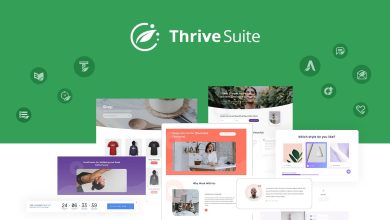150+ Stats You Need to Know
[ad_1]
Want to know something interesting? While everyone’s fighting for traffic in 2025, the real winners are focusing on what happens after visitors land on their site.
We’ve collected over 150 conversion rate optimization (CRO) statistics that show exactly where the opportunities are—and what you might be missing.
From mobile optimization to email marketing, from form design to social proof, we’ve filtered through hundreds of reports and studies to bring you the numbers that actually matter. No fluff, no outdated data, just actionable insights backed by real research.
Let’s Talk Conversion Optimization Strategy for 2025
You know that nagging doubt when you’re reviewing your analytics? Your traffic looks good—maybe even great—but your conversion rates are stuck in place.
Maybe you’ve spent countless hours tweaking landing pages, swapping CTAs, adjusting images, and rewriting headlines, but you still feel like you’re taking shots in the dark.
If this hits close to home, take a breath: 82% of marketers find CRO challenging (OptinMonster), and they’re the ones doing this for a living. This isn’t just you—it’s one of digital marketing’s biggest puzzles.

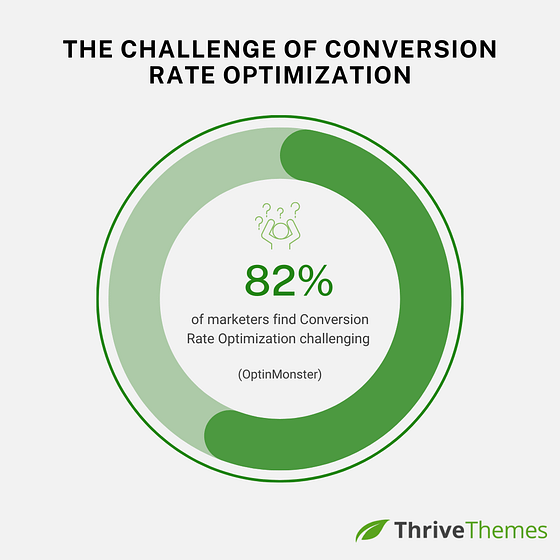
Here’s the reality check: while everyone’s chasing more traffic, 68% of small businesses don’t have a CRO strategy at all (CXL). They’re pouring resources into getting visitors who might not stick around long enough to convert.

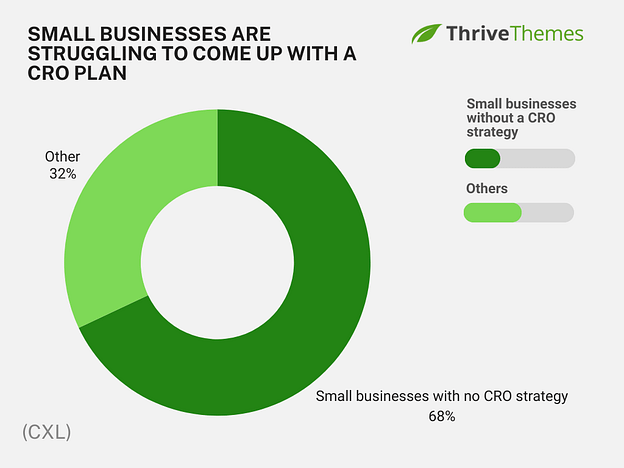
And the numbers are pretty clear. In an analysis of over 1.3 billion sessions from different traffic sources, the average bounce rate sits at 50.9% (Matomo).
That means half your hard-won visitors are leaving before taking any meaningful action. But here’s the silver lining: interest in CRO is at an all-time high (Google Trends), which means there’s never been more resources, tools, and shared knowledge to help you succeed.
In this guide, we’ll break down the CRO stats that actually matter in 2025—no fluff, no jargon, just practical insights you can use to turn more visitors into customers. Because in a world where getting traffic is getting more expensive, making the most of every visit isn’t just smart—it’s essential.
Let’s dive in.
But, Wait. What Is a Good Conversion Rate?
Before we dive into all the CRO strategies and stats that can help your business grow, let’s answer the question you’re probably asking: “What should my conversion rate actually look like?”
After all, you need to know where you stand before you can make things better.
Here’s what the data shows: the standard conversion rate is 2.35%—meaning for every 100 visitors, about 2 or 3 take the action you want them to take.

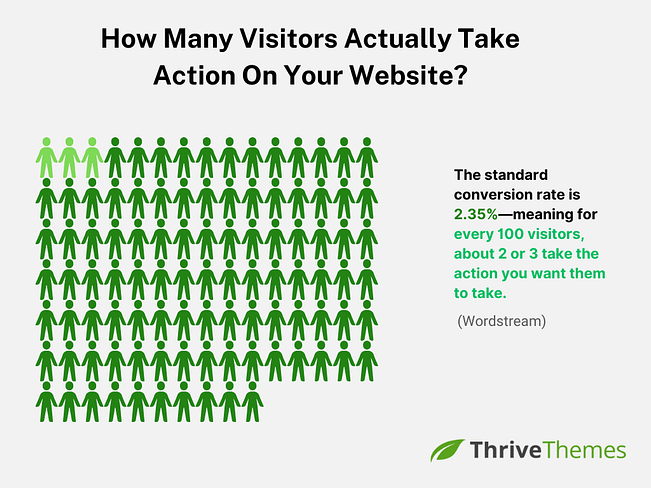
But here’s where it gets interesting: the top 25% of accounts get 5.31% or higher, and the real high achievers—the top 10% of Google Ads advertisers—are converting at an impressive 11.45% (Wordstream). This range shows that there’s plenty of room for improvement, no matter where you’re starting from.
Looking at websites in general, the average conversion rate is 3.68%, while the best-performing sites are converting at 11% or better (Wordstream).

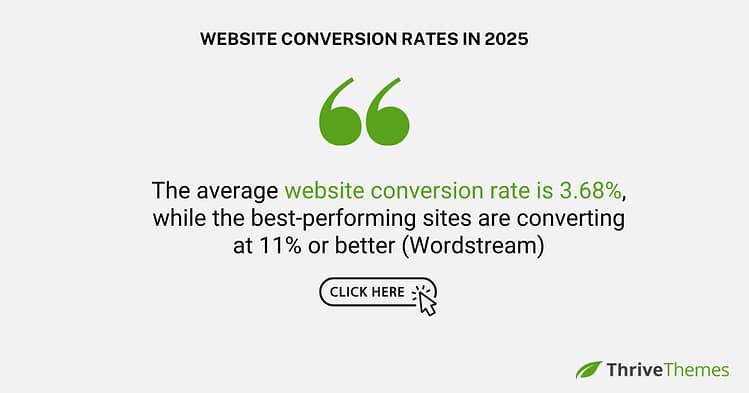
These numbers aren’t just random stats—they show what’s actually possible when you focus on optimization.
Want to know how seriously businesses are taking CRO?
Just look at the investment: the CRO software market was worth $1.98billion in 2022 and is expected to grow to $2.83 billion by 2029, increasing by 5.16% each year (Maximize Market Research). This tells us that companies of all sizes are putting real money into making their websites convert better.
The big takeaway? Whether your conversion rate is 1% or 10%, there’s always room to improve. Throughout this article, we’ll show you exactly what’s working for others and how you can apply those lessons to your own business.
Don’t Sleep On Mobile – Or You’ll Miss Out On A Lot of Sales
In 2025, ignoring mobile optimization isn’t just a minor oversight—it’s a massive missed opportunity. With mobile e-commerce expected to hit $99.18 billion by 2033, growing at an impressive 18.1% annually (StraitResearch), the message is clear: mobile is where your customers are, and increasingly, where they’re spending their money.
Let’s break down why mobile matters more than ever:
The Sheer Scale of Mobile Usage

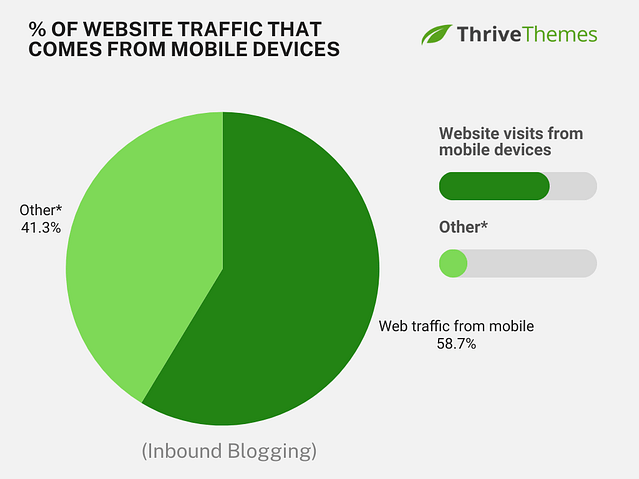
These numbers tell us one thing: mobile isn’t just an alternative to desktop—it’s becoming the primary way people interact with the digital world.
Mobile’s Impact on Purchase Behavior
When we look at how mobile influences buying decisions, the statistics are eye-opening:
The Customer Experience Factor
Mobile optimization isn’t just about having a responsive website—it’s about meeting customer expectations:
The Revenue Reality
The financial implications of mobile optimization are significant:

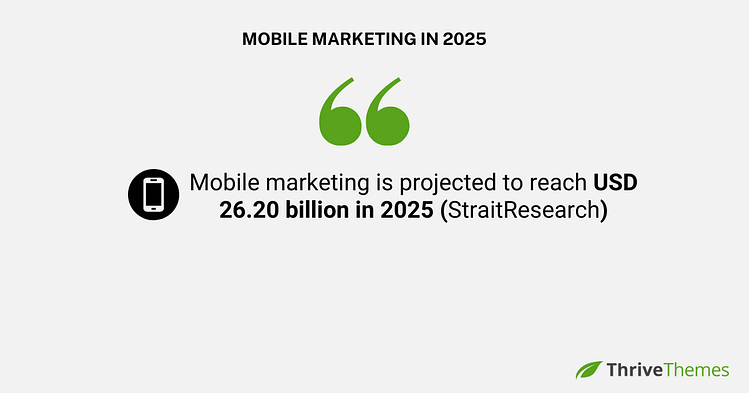
But, A Word of Caution on Personalization
While mobile offers tremendous opportunities, it’s important to respect privacy boundaries:
Mobile Marketing in 2025: What This Means for You
The data tells a compelling story: mobile isn’t just another channel—it’s becoming the primary way people discover, research, and buy from businesses like yours.
While the opportunities are massive, success depends on creating experiences that truly serve mobile users’ needs and behaviors.
The key is understanding that mobile users have different expectations and behaviors compared to desktop users. They’re often on the go, dealing with distractions, and have less patience for poor experiences. Your mobile presence needs to acknowledge these realities while delivering a smooth, intuitive experience.
Here’s what you can do about it:
Remember: Mobile optimization isn’t about following trends—it’s about meeting your customers where they actually are. Focus on speed, simplicity, and user experience first. Then build on that foundation with features that make mobile interactions even more valuable for your specific audience.
Running E-commerce? Here’s What You Need to Know
E-commerce revenue is projected to reach US$4,791.00bn in 2025 (Statista), and smart businesses are racing to capture their share. Let’s break down what’s working, what isn’t, and where to focus your efforts.

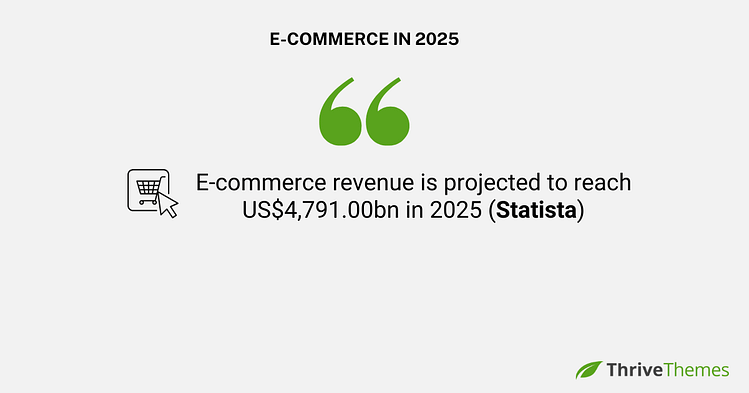
The Power of Personalization
The numbers don’t lie—customers expect personalized experiences:
Shopping Behavior Insights
People are shopping differently, and understanding these patterns matters:

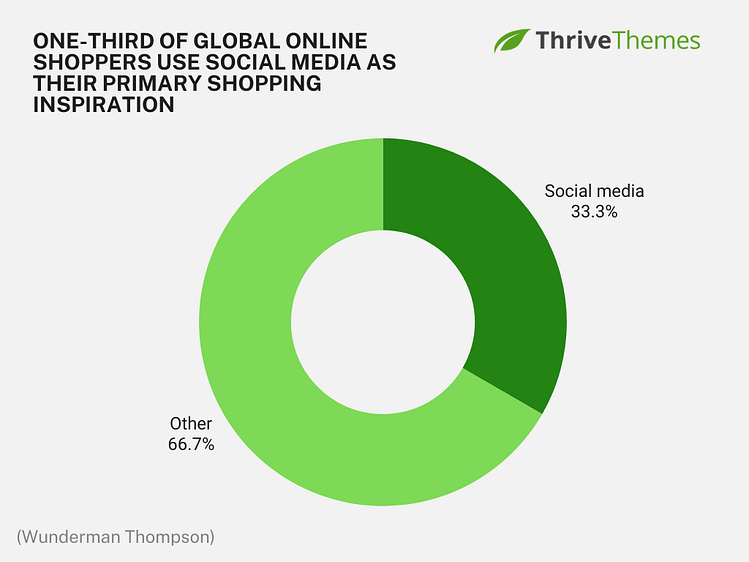
What About Customer Service and Support?
Getting support right can be the difference between a sale and a bounce:
The Cart Abandonment Challenge
Cart abandonment is still a major revenue leak:

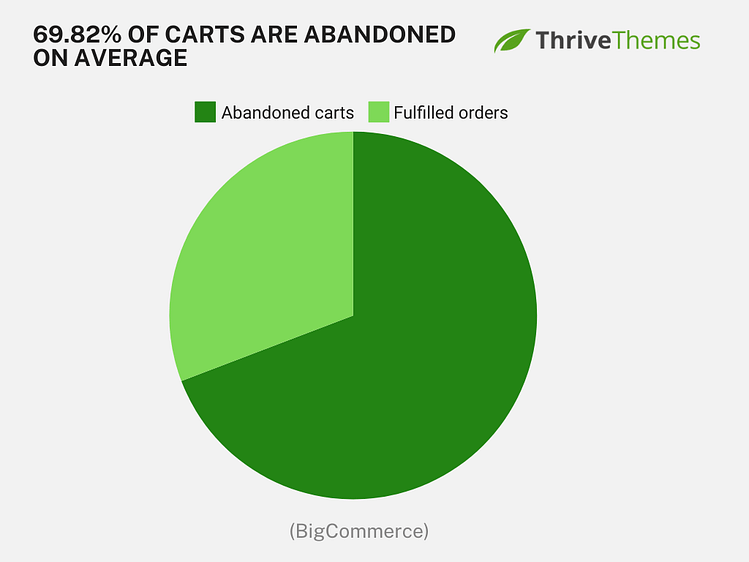
Emerging Trends
Success in e-commerce comes down to nailing the basics while adapting to changing consumer preferences. Focus on personalization, streamline your checkout process, and make customer service a priority. These aren’t just nice-to-haves—they’re revenue drivers backed by data.
E-Commerce in 2025: What This Means for You
E-commerce success in 2025 isn’t just about having products online—it’s about creating personalized experiences that make shopping easy and enjoyable. The massive cart abandonment rates show there’s huge potential for improvement, while the personalization data reveals exactly where those improvements should focus.
The key is understanding that modern e-commerce is a delicate balance between personalization and efficiency. Your customers want to feel understood and valued, but they’ll abandon their purchase at the first sign of friction or unexpected costs. Success means addressing both these needs simultaneously.
Here’s what you can do about it:
Remember: While e-commerce technology keeps evolving, the fundamentals remain the same—make it easy for customers to find what they want, build trust through transparency, and remove friction from the buying process. Start with these basics before moving on to more advanced features.
Pro tip
Your chances of landing conversions heavily depend on your e-commerce store setup. So, if you want to learn how to do it the right way, check out this guide.
Paid Advertising in 2025: The Numbers That Matter
With companies earning $2 for every $1 spent on PPC (WebFX), paid advertising continues to prove its worth as a conversion powerhouse. Let’s look at the metrics that should shape your paid advertising strategy.
ROI and Investment Insights
The financial case for PPC is compelling:
Platform Performance
Different platforms yield different results:

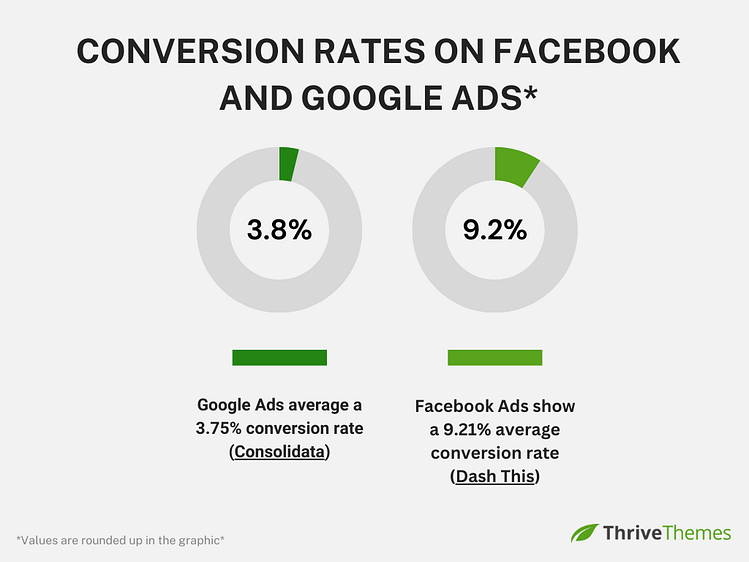
Consumer Behavior and Preferences
Understanding how users interact with paid ads:
Landing Page Success Metrics
Your landing pages can make or break your paid campaigns:
Paid Advertising in 2025: What This Means for You
Paid advertising works, but only when it’s done strategically. With a $2 return for every dollar spent, PPC can be highly profitable—but the real winners are those who combine platform knowledge with smart targeting and strong landing pages.
The key is understanding that successful paid advertising isn’t about outspending your competition—it’s about outsmarting them. Your focus should be on choosing the right platforms for your audience and optimizing every element of your campaigns, from ad copy to landing pages.
Here’s what you can do about it:
Remember: Paid advertising is a tool, not a solution. Focus on understanding your audience and delivering value through your ads, rather than just trying to buy attention.
Email Marketing Is a MUST: Here’s Why
Email marketing generates an astounding $36 for every $1 spent (Constant Contact), making it one of the most cost-effective marketing channels available. But success requires more than just hitting “send”—it demands strategy and personalization.
The Power of Subject Lines Your subject line can make or break your campaign:

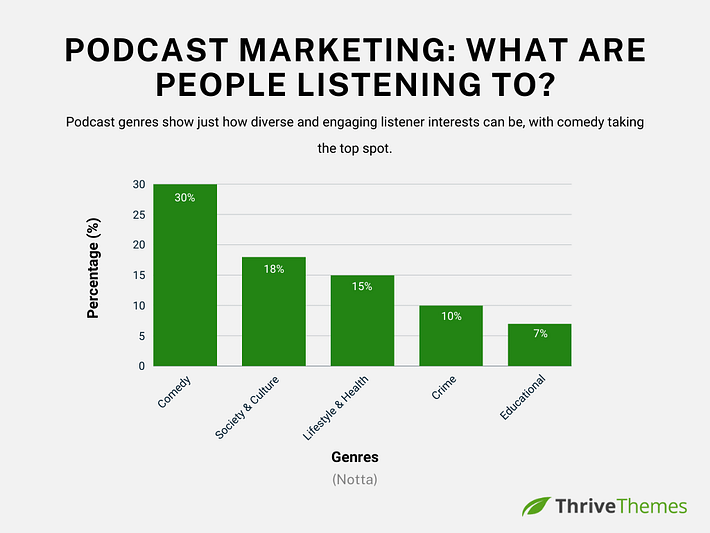
Personalization Is Non-Negotiable
The data overwhelmingly supports personalization:
Strategic Targeting and Segmentation
Smart segmentation leads to better results:
Call-to-Action Best Practices
Getting your CTAs right is crucial:
Why People Unsubscribe
Understanding why subscribers leave helps prevent list shrinkage:
Lead Generation Insights
Understanding why subscribers leave helps prevent list shrinkage:
Success in email marketing comes down to respecting your subscribers’ inbox while delivering value through personalization and strategic targeting. The right balance of frequency, relevance, and personalization can turn your email list into a reliable revenue engine.
Email Marketing in 2025: What This Means for You
The ROI numbers are clear: email marketing’s $36 return for every $1 spent makes it too valuable to ignore. But the data also shows that success depends on getting the details right—from subject lines to segmentation to sending frequency.
The key is treating your email list like the valuable asset it is. Your subscribers have invited you into their inbox; respect that privilege by sending relevant, personalized content at a reasonable frequency.
Here’s what you can do about it:
Remember: Email marketing success isn’t about sending more emails—it’s about sending better emails to the right people at the right time. Start with the basics, measure what works, and scale your successes.
Make Your Website Fast and Easy to Use: Here Are the Numbers
With 5.18 billion Internet users globally (Siteefy) and websites losing $2.6 billion annually due to slow loading times (Invision), your website’s performance isn’t just about user experience—it’s about your bottom line.
Speed Matters More Than Ever
The need for speed is non-negotiable:
First Impressions Count
Users make snap judgments about your site:

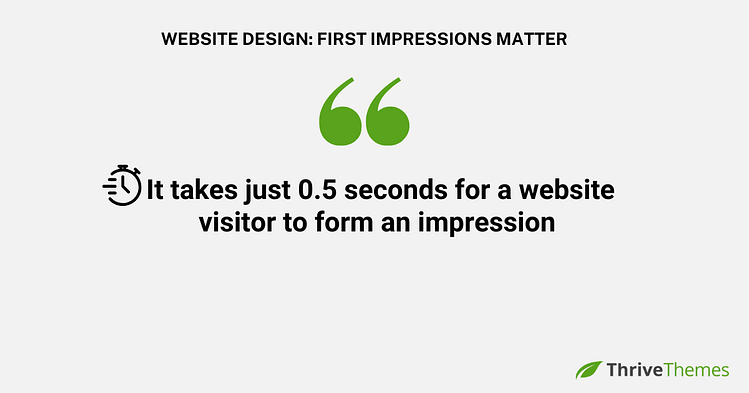
Design and User Experience
Clean, intuitive design drives results:
Content Placement and Engagement
Strategic content placement affects user behavior:
Conversion Benchmarks
Know your industry standards:
Search Engine Impact
In a sea of 1.1 billion websites (Siteefy), standing out means delivering a fast, clean, and intuitive experience. Focus on speed, clean design, and strategic content placement—these aren’t just best practices, they’re profit drivers.
Web Design in 2025: What This Means for You
These statistics highlight two critical truths: users make snap judgments about your website in less than a second, and they have zero patience for slow, cluttered experiences.
With $2.6 billion in sales lost annually due to slow websites (Invision), speed and usability aren’t just nice-to-haves—they’re directly tied to your revenue.
The key is understanding that every element of your website—from load time to layout to CTA placement—affects your bottom line. Users aren’t just visiting your site; they’re judging your entire business based on their experience. And they’re making these judgments faster than ever.
Here’s what you can do about it:
For Your Overall Website:
Remember: Website optimization is an ongoing process, not a one-time project. Start with the basics—speed, clean design, and clear CTAs—then continuously test and refine based on your specific audience’s behavior. The goal isn’t to implement every best practice, but to find what works best for your unique visitors and business goals.
Pro tip
Want to learn more about creating a user-friendly experience for your website visitors? Check out these two guides:
Landing Page Statistics: Let’s Zone In
With the average landing page conversion rate at 2.35% (Ecommerce Bonsai), there’s plenty of room for improvement. Let’s dive into what the data tells us about creating pages that convert.
Speed and First Impressions
Time is literally money:

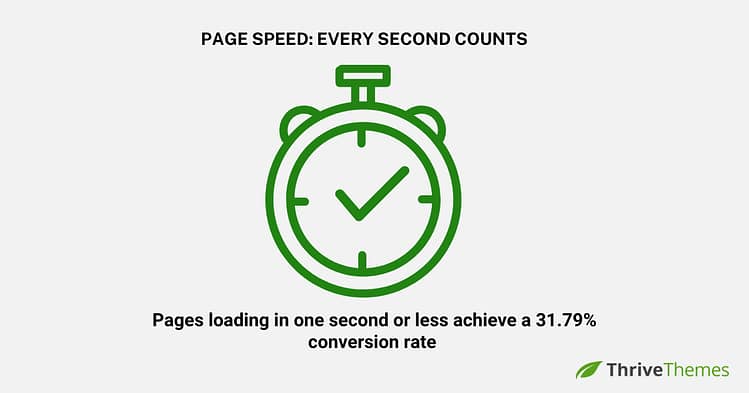
Call-to-Action Optimization
Small CTA changes can drive big results:
Strategic Design Choices
Simple changes can make significant impacts:
Testing and Optimization
Data-driven improvements matter:
Traffic Generation
Landing Pages in 2025: What This Means for You
As you can see, landing page success isn’t about luck—it’s about following proven patterns while continuously testing what works for your specific audience. With visitors only reading 20-30% of your content (Nielsen Norman Group) and conversion rates varying so dramatically based on simple changes, every element matters.
The key is understanding that landing pages aren’t just website pages—they’re focused conversion tools.
Each element, from load time to CTA placement, either moves visitors toward conversion or pushes them away. Success comes from optimizing each of these elements while maintaining a singular focus on your conversion goal.
Here’s what you can do about it:
Remember: Landing page optimization is a process of continuous improvement, not perfection. Start with these proven best practices, but let your data guide your decisions. Your audience might behave differently than the average—that’s why testing is so crucial to long-term success.
Pro tip
Landing page success is built one element at a time. To help you find your way, here are a few key guides:
Thrive Tip: And if you need the right tool to build stunning landing pages that bring conversions, then you need to check out Thrive Architect right now.
Add Trust Signals and Social Proof to Build Credibility Faster
With 99.9% of customers reading reviews during online shopping (TrustPulse), and reviews capable of increasing conversions by 270% (Spiegel Research Center), social proof isn’t just nice to have—it’s essential for success.
Review Reading Behavior
Modern consumers are thorough researchers:
Where People Read Reviews
Understanding where customers look matters:

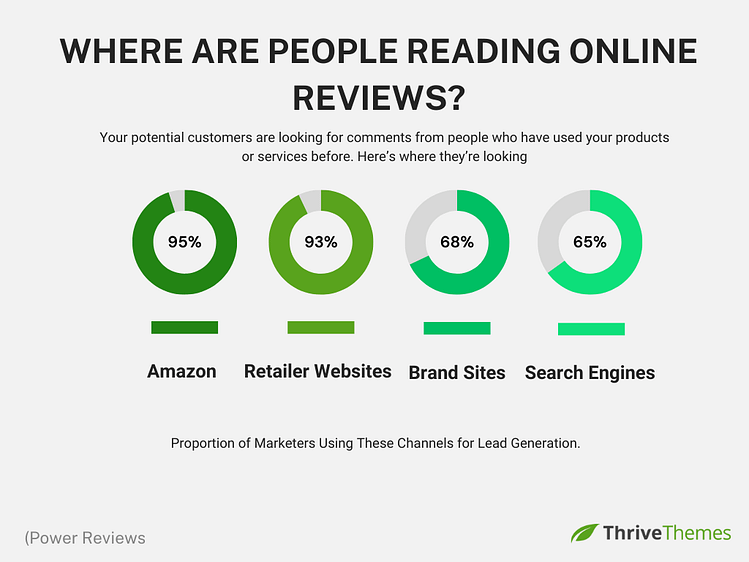
The Trust Factor
Building credibility requires multiple elements:
Review Quality and Quantity
More isn’t always better—authenticity matters:
Managing Reviews
How you handle reviews impacts perception:
The message is clear: investing in gathering and managing authentic reviews isn’t optional. It’s a crucial element of building trust and driving conversions in an increasingly skeptical marketplace.
Social Proof in 2025: What This Means for You
The data paints a clear picture: reviews and social proof aren’t just nice extras—they’re essential elements of the modern buying process.
With 99.9% of customers reading reviews (TrustPulse) and the potential for a 270% conversion increase when displaying reviews (Spiegel Research Center), your review strategy directly impacts your bottom line.
The key is understanding that customers aren’t just looking for positive reviews—they’re looking for authentic experiences. They want to see how you handle both praise and criticism, and they’re specifically seeking out negative reviews (96% of customers do this!) to gauge your true reliability.
Here’s what you can do about it:
Remember: Building trust isn’t about presenting a perfect image—it’s about showing that you’re reliable, responsive, and genuine. Focus on collecting and managing authentic reviews while maintaining transparent communication with your customers. Your review strategy should prioritize honesty and engagement over perfect ratings.
Pro tip
If you’re looking for a reliable way to collect, manage, and display testimonials on your website, then you need to check out Thrive Ovation.
Perfect Your Form Strategy: From Friction to Flow
With forms being the highest converting lead generation tool for 50% of marketers (Hubspot), and only 45% of form visitors converting successfully (Zuko), there’s significant room for optimization. Let’s break down what works.
Form Field Strategy
Less is often more:
Conversion Rate Benchmarks
Know your industry standards:
Industry leaders are averaging the following form conversion rates:

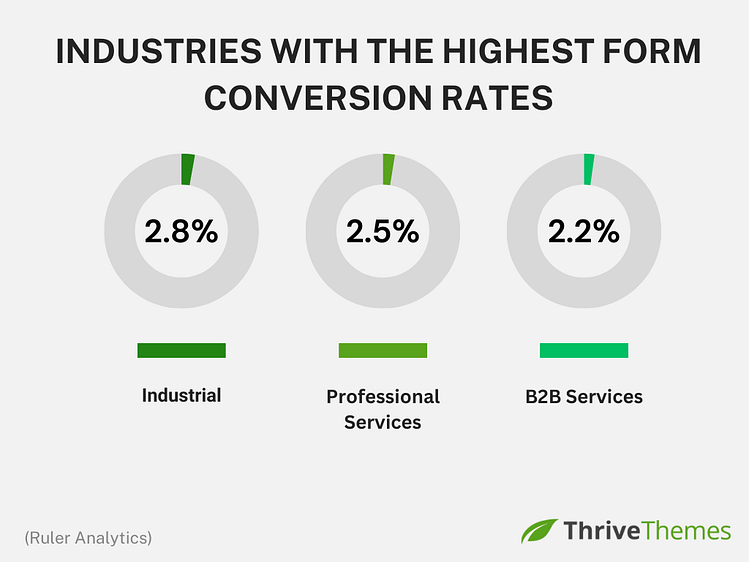
And here are the numbers for the lower performing sectors:
Design and Placement Best Practices
Small changes can make big differences:
Form Type Performance
Different forms, different results:
Optimization Strategies
Testing pays off:

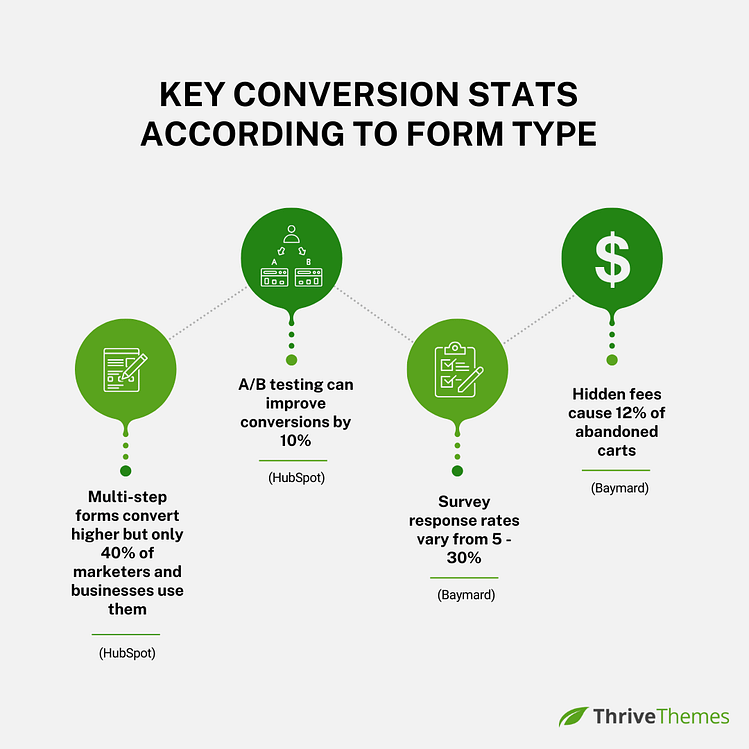
With 84% of marketers using forms for lead generation (Ruler Analytics), getting them right is crucial. Focus on simplicity, strategic field selection, and continuous testing to optimize your form performance.
Opt-in Forms in 2025: What This Means for You
Forms are a critical conversion point, yet most businesses are leaving money on the table with poorly optimized forms. With only 45% of form visitors converting successfully (Zuko) but multi-step forms showing 86% higher conversion rates (Hubspot), there’s clearly room for improvement in how we approach form design.
The key is finding the sweet spot between gathering necessary information and maintaining user momentum. Every field you add is a potential point of friction, but every field you remove might mean missing valuable data. Success comes from striking the right balance for your specific situation.
Here’s what you can do about it:
Remember: Form optimization isn’t about asking for less information—it’s about asking for the right information in the right way. Start with these best practices, but always test with your specific audience to find what works best for your situation.
Pro tip
Here are a few more guides to help you land more form conversions:
Give AI a Chance: It’s Making a Difference
If you’re curious about AI in marketing, you’re not alone. The industry is seeing unprecedented growth, and businesses of all sizes are discovering its potential.
The adoption numbers tell the story: 89% of marketers now use generative AI tools (Content Marketing Institute), with small businesses keeping pace – 67% are already using AI for content marketing or SEO (Semrush).
Here’s what the numbers tell us.
Real-World Results
AI is delivering measurable wins:
And in terms of Content Creation Priorities:
Here’s how marketers are putting AI to work:

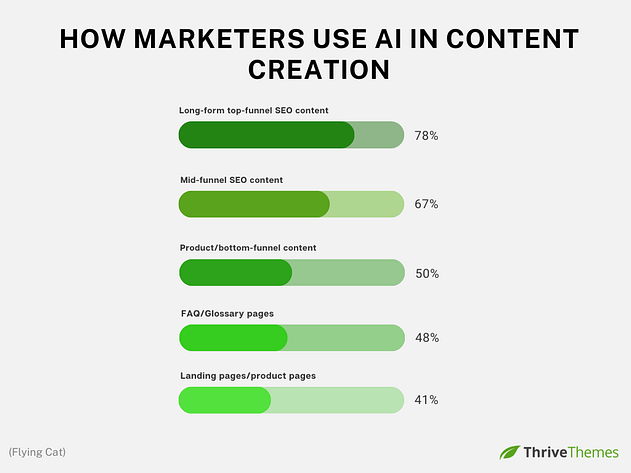
The results speak for themselves:
What about the challenges?
AI and Marketing in 2025: What This Means for You
It’s clear that AI in marketing isn’t just hype — it’s becoming an essential tool for businesses looking to stay competitive. The statistics show that when used strategically, AI can save time, improve content quality, and boost ROI. However, the key word here is “strategically” – it’s about finding the right balance between AI efficiency and human touch.
Here’s how to approach AI in your marketing:
Remember: AI is a powerful tool, but it’s not a complete replacement for human creativity and judgment. The most successful businesses use AI to enhance their marketing efforts, not to fully automate them. Start small, measure results, and scale what works.
The Bottom Line: Turning These CRO Stats Into Results
You’ve just absorbed over 150 conversion optimization statistics—that’s a lot of data to process! But here’s what it all boils down to: while everyone else is obsessing over traffic numbers, you now know that the real opportunity lies in optimization.
Think about it: when every click is getting more expensive, and 50.9% of visitors are bouncing (Matomo), you can’t afford to ignore conversion optimization. The businesses that will thrive in 2025 aren’t just the ones driving traffic—they’re the ones turning that traffic into results.
That’s exactly why I use and recommend Thrive Suite. It’s a complete WordPress solution that helps you turn these CRO insights into actual results. Here’s what you get:
If you’re serious about giving your business a big competitive edge this year — Thrive Suite is what you need.
The opportunities are there – now it’s time to turn these insights into action. Here’s to your marketing success in 2025!
[ad_2]
منبع:totalwptheme

